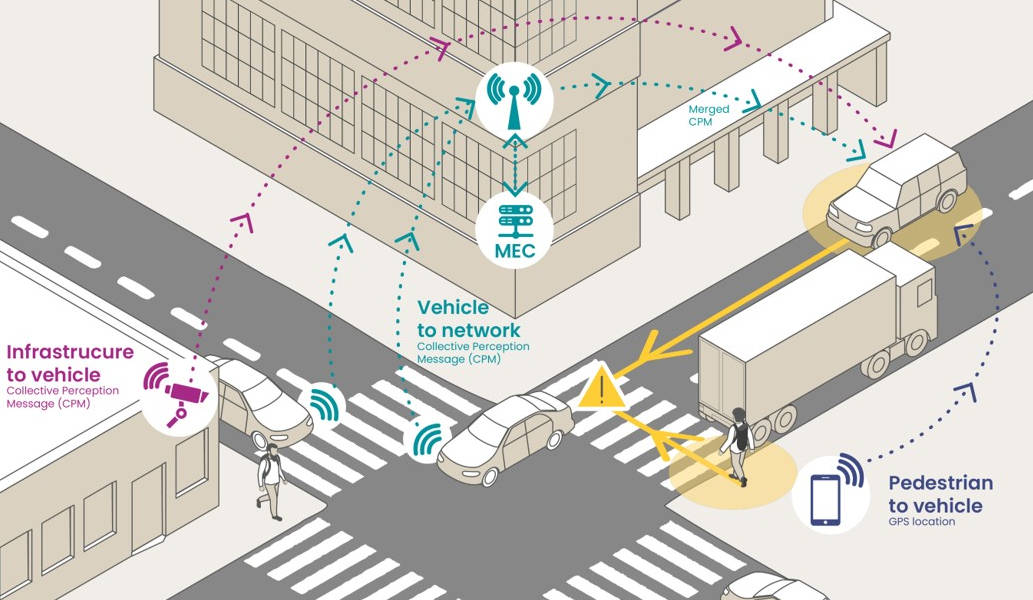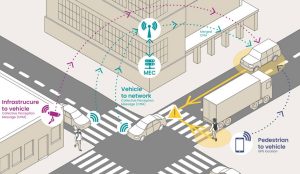
Its initiative is intended to “contribute to a higher level of vehicle automation and cooperation by expanding the latest developments in vehicular wireless communications that improve reaction time, pedestrian detection and overall vehicle performance”, according to Leti. By “combining learnings from participation in three EU H2020 projects, CEA-Leti scientists have consolidated the institute’s expertise in V2X [vehicle-to-everything] communication technologies and standards”.
The H2020 studies included integrating a dedicated simulation flow for system-level evaluation of different short and long-range radio technologies, such as IEEE802.11.p/bd, C-V2X sidelink or 5G-NR. Architectural and infrastructure options were also investigated, including roadside units, 5G base stations and MEC (multi-access edge computing) servers.
“Most important, a simulation tool the team developed was used to measure the actual impact of observed communication network performance in terms of latency, link reliability, coverage and load, on the critical vehicular applications,” said Leti research scientist Valérian Mannoni. “These include service availability and continuity, level of automation allowed, time to collision and other primary key parameters.”
While the main goal of the work is to help the automotive industry understand and adopt V2X cooperative communications for improved safety, the growing use of autonomous fleets of collaborative robots and drones raises similar research questions, according to fellow scientist Benoît Denis. “The cooperative communication approaches developed for vehicles could therefore also be used for collision avoidance and cooperative maneuvers by autonomous robots in smart factories,” he said.








